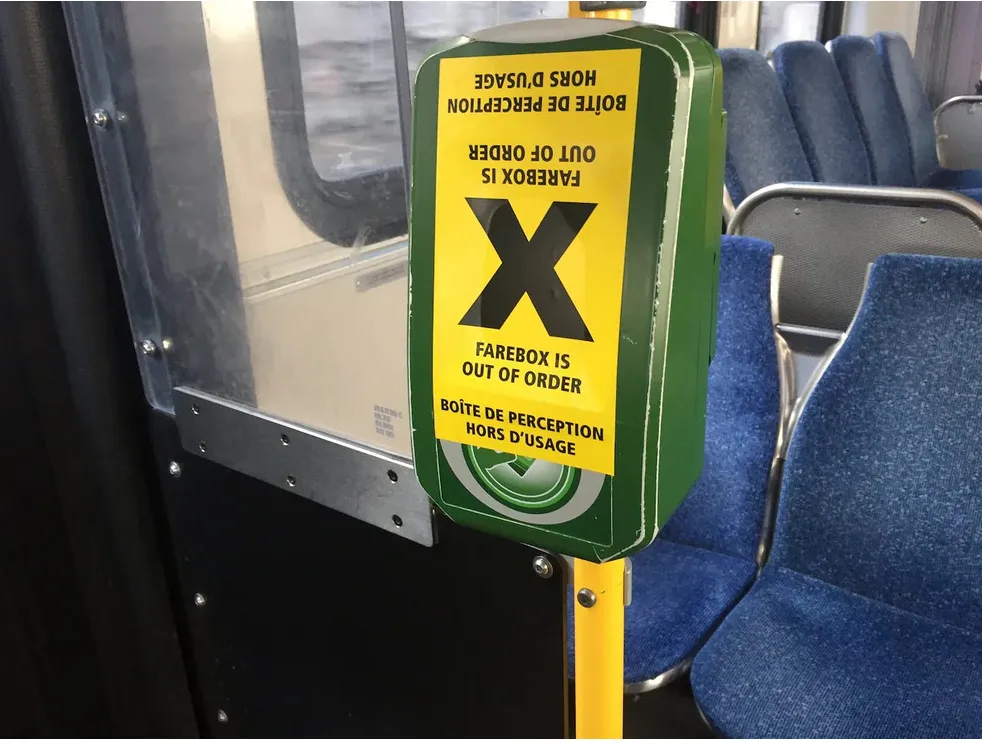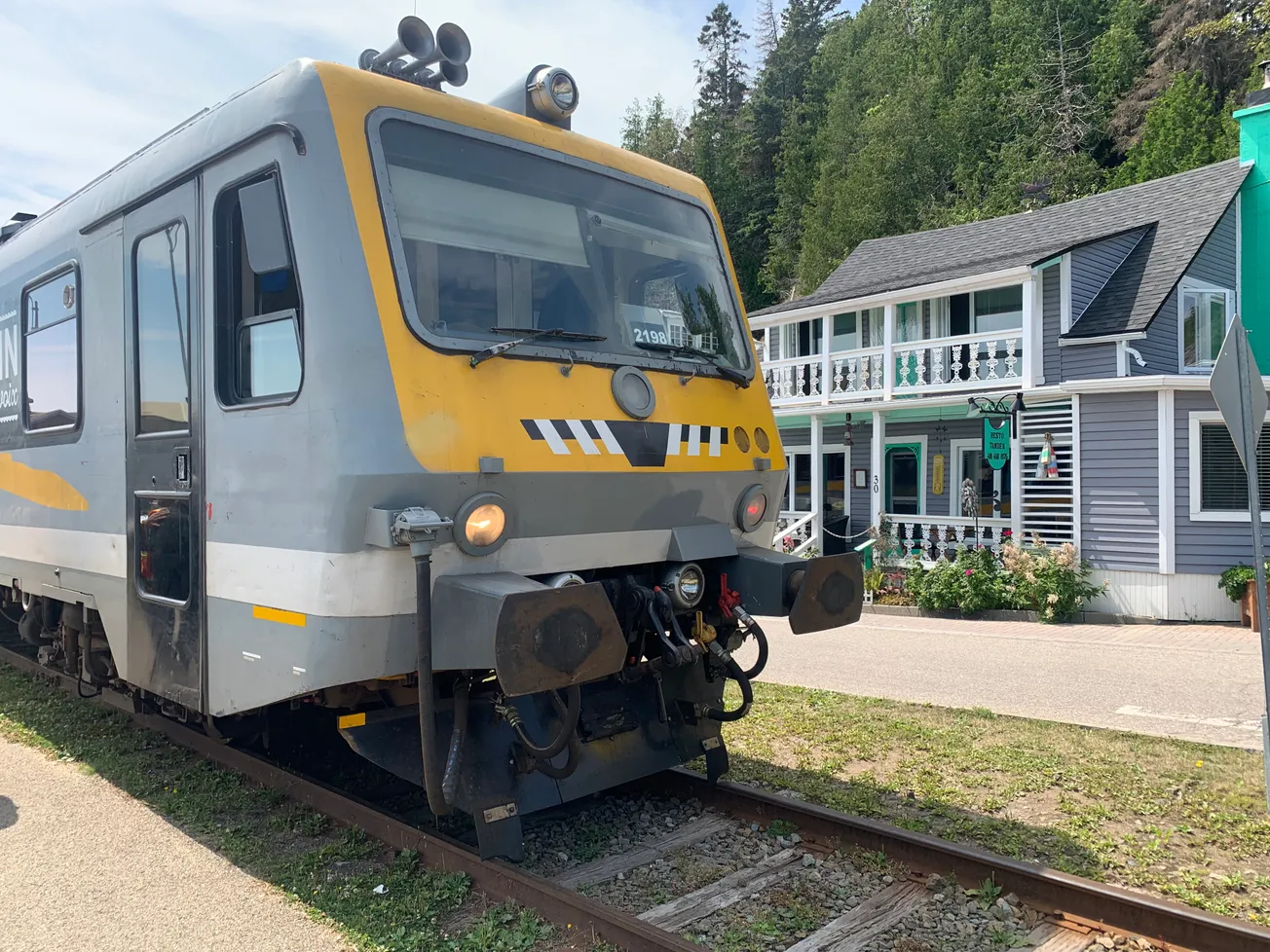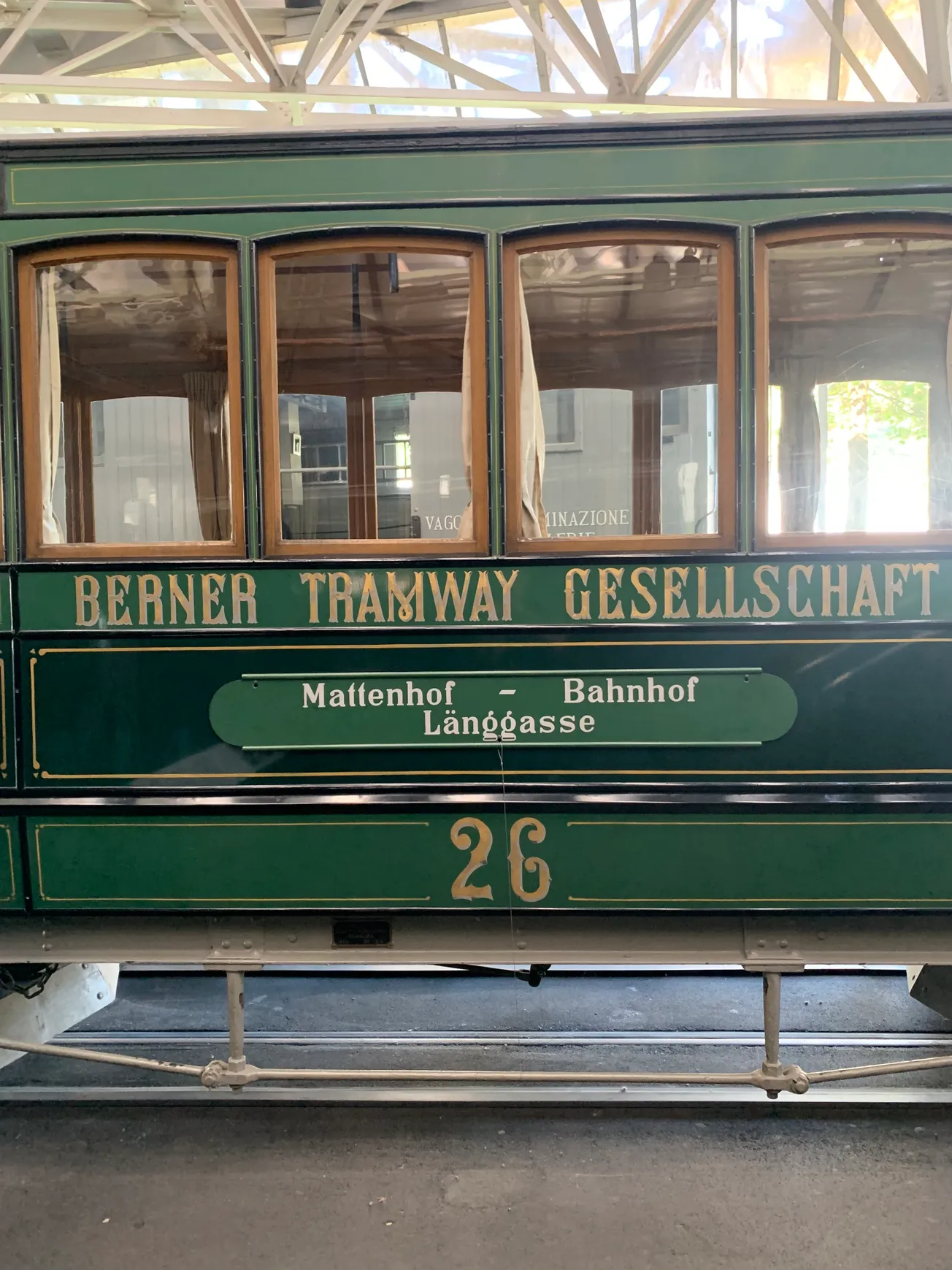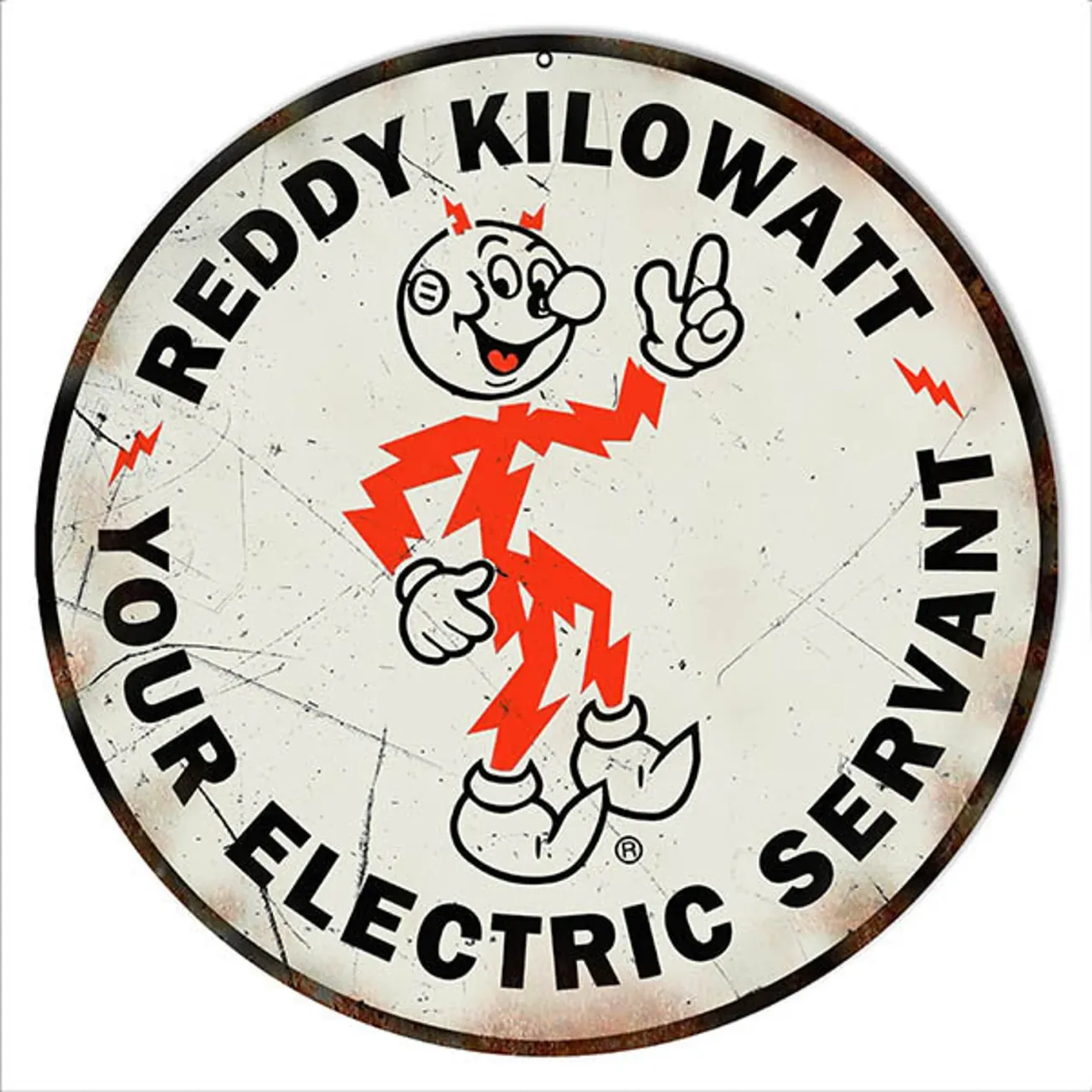Table of Contents
I have to confess, when I get a free ride on my local transit system—usually because the Opus card reader on the bus is broken and the driver is just waving passengers on—I tend not to complain. I’ve just saved $3.10, the price of a ride here in Montreal, which buys me a second espresso macchiato at my local café (tip included).
That said, I’m aware that in reality, “TANSTAAFR.” In other words: “There ain’t no such thing as a free ride.” (With apologies to the economist Milton Friedman, who said the same thing about free lunches). Many transit systems, especially in North America, haven’t recovered from plunge in ridership during the pandemic, and they’re suffering (things are nowhere near as bad in Europe and Asia). From LA to NY, there’s talk of the dreaded transit death spiral, where plunging revenue leads to cuts in service and the pain of getting “ghost-bused.” Add to that a shortage of operators, and a very real upswing in violence being played out on transit vehicles and stops, and things aren’t looking to good for already beleaguered systems. Montreal has some of the highest per capita ridership of any city in Canada or the US (by some metrics, it beats out NY), but even here, the 10-minute frequent bus service on a dozen routes has been suspended.
“Farebox recovery” is the term used to describe the fraction of operating expenses covered by fare-paying passengers; it can be a substantial percentage of the total revenue of some systems, though it’s rare that it pays for the majority. But some systems, especially smaller ones, find collecting fares more hassle than it’s worth. There are costs associated with maintaining fareboxes, armored cars, and money-counting rooms. Many conflicts, especially on buses, happen when drivers ask riders for the correct fare—and many operators argue, correctly, that there time is better spent paying attention to the road, rather than keeping the quarters flowing.
In the last few years, several smaller cities in Europe, including Tallinn in Estonia, Dunkerque in France, Monheim in Germany have experimented with making transit completely free; Hasselt in Belgium has been fare-free since 1997. Now Boston’s transit-riding Mayor Michelle Wu has made several bus lines completely free. Kansas City started by making transit free for students, then veterans, and has now extended the program to all riders. Apart from Beantown, most of the places offering free transit are small to medium cities, rather than big metropolises.

I think there’s a strong ethical case to be made for making transit free—and certainly for decreasing the emphasis on farebox recovery. In an op-ed in Toronto’s Globe and Mail this February, Andy Byford, who ran transit in Sydney, London, Toronto, and New York (and is now joining the board of Amtrak) wrote: "The days of overreliance on fares are gone. While it is reasonable to ask riders to pay their fair share, constant increases in cost will exacerbate the death spiral."
Byford is arguing we should reframe city buses so they’re seen as being as crucial as ambulances, fire trucks, and other municipal vehicles. There’s a big shift going on these days in transit circles from putting the emphasis on building ridership (often by encouraging mode shift from private cars to transit) to equity and inclusion. With that in mind, I think it’s useful to think of transit—certainly in North America—the way we think of public libraries, which very few people would argue be money-making enterprises.

Fare-paying customers often help keep big-city systems going. Commuter rail in particular, which brings suburbanites to employment centers, can subsidize bus routes with low ridership, allowing a system to keep serving less advantaged areas. But the idea that all transit routes should pay for themselves, or disappear, is a legacy of the era of the Traction Trusts, when fortunes were made collecting straphangers’ nickels. (Many of these streetcar, elevated, and subway entrepreneurs were actually making their money through real-estate development—with transit serving to get homeowners out to the new subdivisions. And when the nickels stopped flowing into the pockets of the buccaneer capitalists who built the tracks, many systems were municipalized, neglected, and left to their fate.)
One thing is certain: transit can no longer be seen as an afterthought. It deserves stable, reliable, and generous funding from all levels of governments. That’s the message that anybody who lobbies for transit needs to bring to lawmakers. Transit deserves funding because it’s the one thing—day in, day out, in fair weather and foul, in bad times and good—that truly keeps our cities and regions moving.
I’m happy to pay my fare (when the card readers are working!) because I know that in Montreal, as in many cities, fareboxes make a pretty substantial contribution to keeping transit working, and the last thing I want to see is the beginning of a death spiral. But I can also see the argument for zero-fare in some contexts—and I’m certainly not going to argue when the driver waves me on.
Speaking of free rides, please consider supporting my Straphanger Substack with a paid subscription. Unlike transit systems, I get no support from any level of government; to keep the wheels spinning, I rely on direct contributions from readers like you.






